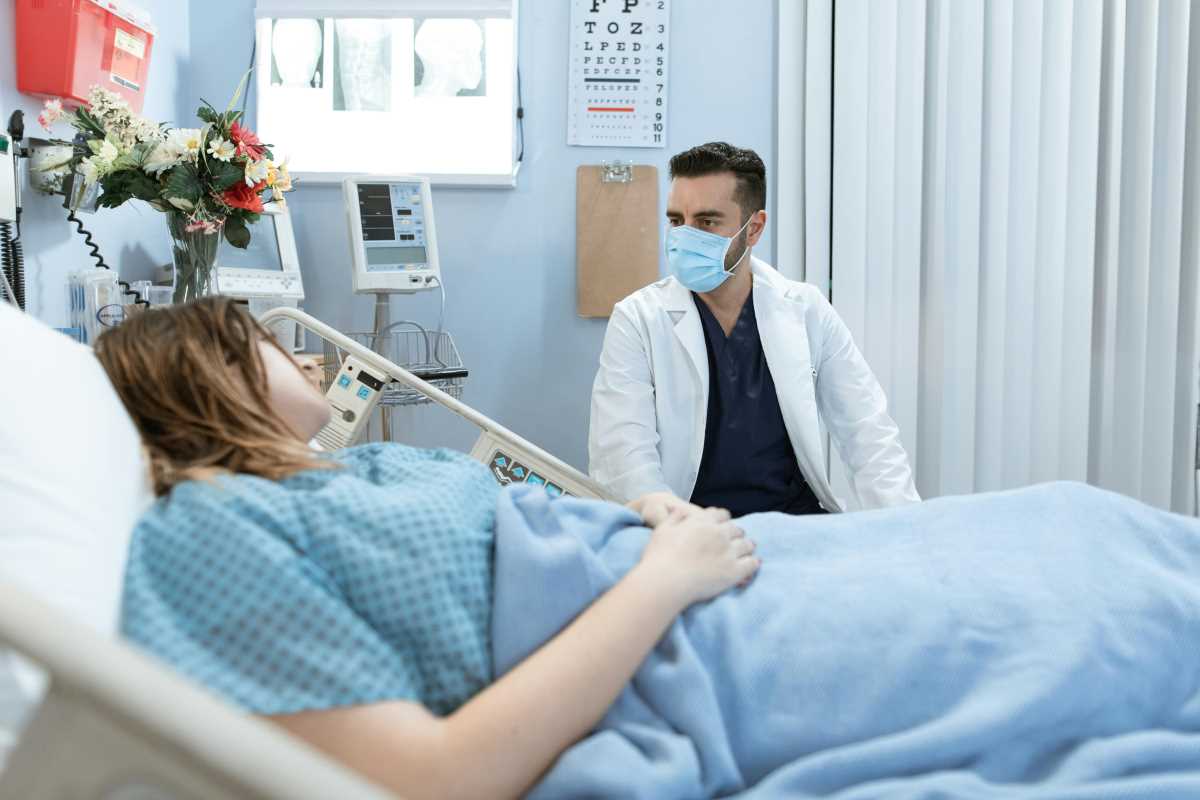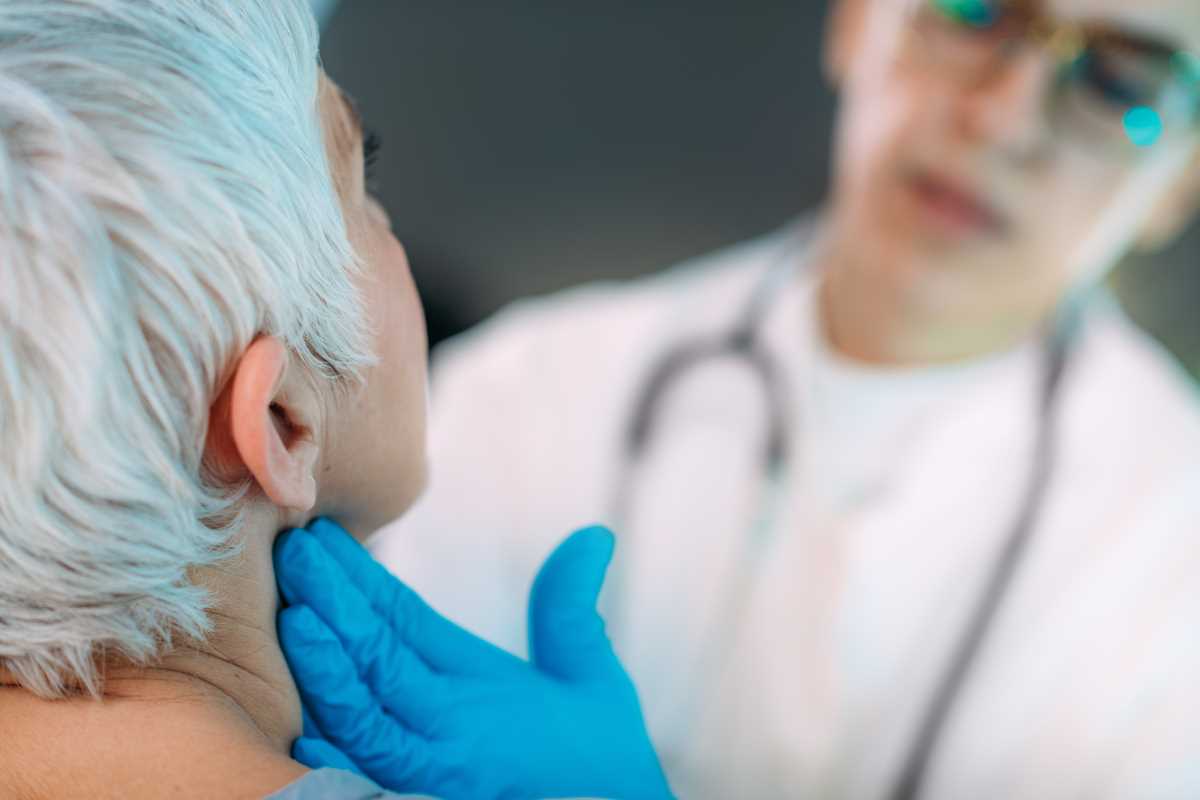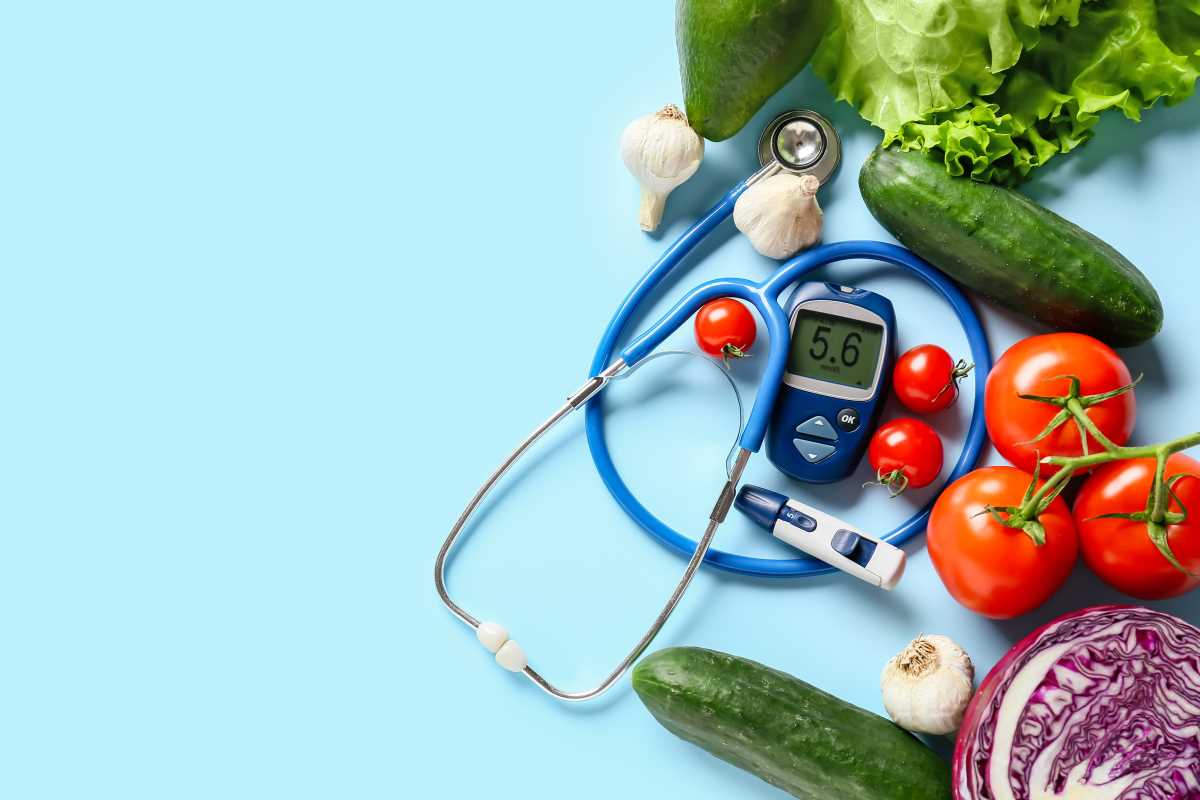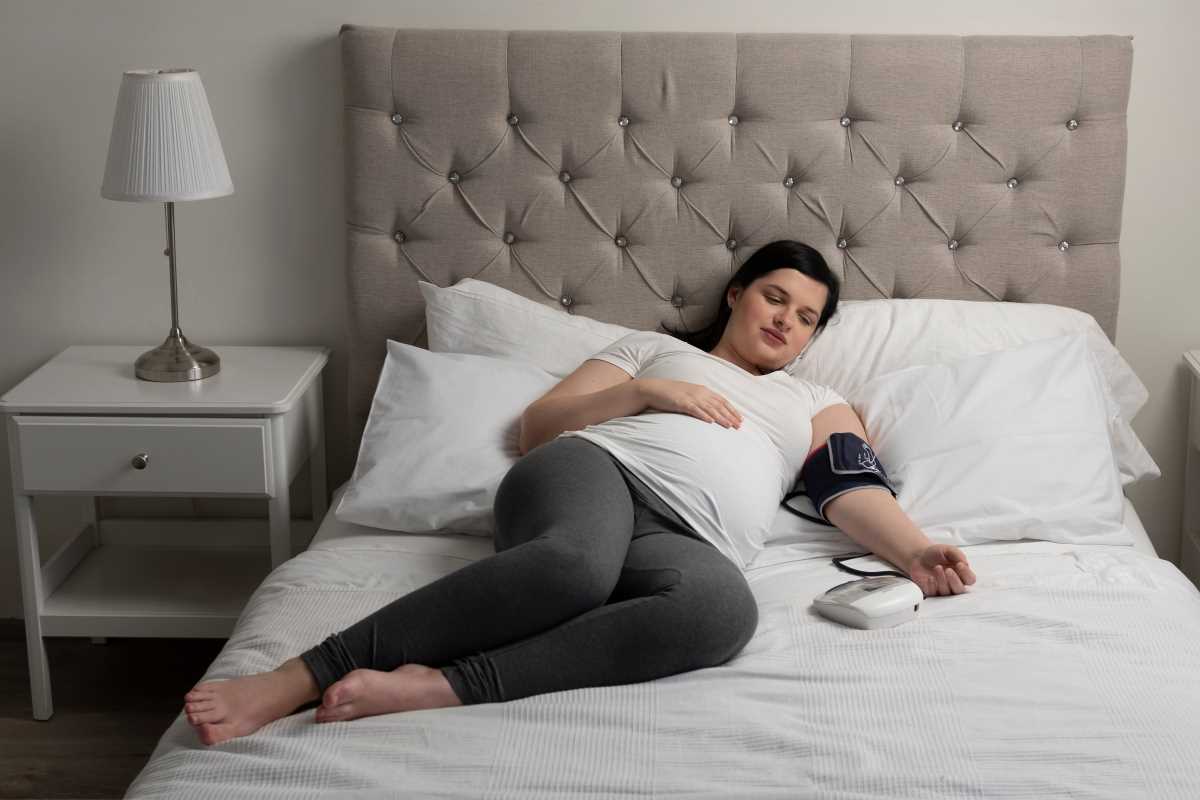Endometriosis is a challenging condition that affects millions of people with uteruses, yet it often goes undiagnosed for years. This condition happens when tissue similar to the uterus lining starts growing outside the uterus, leading to pain, inflammation, and in some cases, fertility problems. Catching the signs of endometriosis early can make a big difference in managing the symptoms and improving quality of life. This guide breaks down the first signs of endometriosis, explaining how they relate to the condition and why they shouldn’t be ignored. If you suspect you have endometriosis, seek medical attention.
1. Painful Periods
Experiencing severe cramping during menstruation is one of the earliest and most common signs of endometriosis. While period cramps are normal for many, pain from endometriosis often feels much worse and can interfere with daily activities.
- What to notice: Cramps that don’t go away with over-the-counter painkillers or pain that radiates to the lower back and thighs. Some describe the discomfort as a stabbing or throbbing sensation.
- What it means: The misplaced tissue reacts to hormonal changes during your cycle, leading to inflammation and cramping outside the uterus.
2. Heavy or Irregular Bleeding
Bleeding that is heavier than normal or lasts longer than expected could be another sign of endometriosis. This might include spotting between periods or completely unpredictable cycles.
- What it looks like: Passing large clots, needing to change a pad or tampon frequently, or experiencing bleeding days before your period officially starts.
- Why it happens: The tissue growing outside the uterus might bleed like the uterine lining during your period, creating heavier or prolonged blood flow.
3. Pain During Intercourse
Discomfort or pain during sex, particularly with deep penetration, could signal endometriosis. This symptom tends to occur early but is often overlooked or attributed to other causes.
- What to feel for: A sharp, stabbing pain during or after intercourse that doesn’t improve with repositioning. Pain might linger even after the activity ends.
- What causes it: Endometrial-like tissue can form in areas near the vagina or lower abdomen, leading to irritation and pain during sexual activity.
4. Lower Abdominal or Pelvic Pain
Chronic pelvic discomfort that isn’t tied to your menstrual cycle is one of the most noticeable early signs of endometriosis.
- What stands out: A dull or constant ache in the pelvis, feeling like pressure or heaviness, even when you’re not on your period.
- How it connects to endometriosis: Misplaced tissue triggers ongoing inflammation, which leads to pain in the pelvic area over time.
5. Gastrointestinal Issues
Symptoms like bloating, constipation, or diarrhea are often mistaken for irritable bowel syndrome (IBS). They can also be key indicators of endometriosis, especially if they intensify during menstruation.
- What happens: Bloating that makes your stomach feel hard, frequent episodes of abdominal discomfort, or alternating constipation and diarrhea.
- Why this matters: Endometrial-like tissue affecting the intestines or nearby structures can lead to irritation and digestive irregularities.
6. Painful Bowel Movements or Urination
Pain during bowel movements or while urinating, particularly around your period, could signal that endometriosis is affecting the bowel or bladder.
- What to pay attention to: Straining or cramping during bowel movements, blood in stool or urine, or discomfort when emptying your bladder.
- The link to endometriosis: Tissue near or on these structures becomes inflamed and irritated, leading to pain when they’re in use.
7. Fatigue
Feeling unusually tired or drained, even after sufficient rest, is a frequent but underestimated symptom of endometriosis.
- How it shows up: Struggling to keep up with daily activities, relying on naps, or waking up tired despite a full night’s sleep.
- What’s happening: Ongoing inflammation and hormonal imbalances caused by endometriosis can leave your body feeling physically and mentally fatigued.
8. Infertility
Difficulty getting pregnant might be the first noticeable sign of endometriosis for some individuals. This condition can interfere with conception by causing blockages or inflammation in the reproductive organs.
- What to observe: Trouble conceiving after a year of trying consistently, along with other symptoms like painful periods or pelvic pain.
- Why it’s important: Endometriosis can scar tissue and affect egg release or implantation, making early diagnosis important for fertility planning.
9. Leg Pain
Sharp or throbbing pain radiating down one or both legs is a lesser-known symptom tied to endometriosis. This pain may worsen during your menstrual cycle.
- What it feels like: A deep ache or pins-and-needles sensation that starts in the lower back or pelvis, spreading through the hips and legs.
- What causes it: Endometriosis affecting the nerves in the pelvic region can lead to referred pain in the legs.
10. Back Pain
Chronic lower backache, particularly around your menstrual cycle, could also indicate endometriosis.
- What stands out: Persistent tenderness or stiffness in the lower back that flares up cyclically or becomes more severe over time.
- Why it happens: Tissue near the lower part of the spine or pelvic bones creates inflammation that radiates pain to the back.
When to Seek Medical Help
Speaking with a healthcare provider is crucial if you experience one or more of these symptoms regularly or if the pain significantly impacts your quality of life. Persistent issues like painful periods, heavy bleeding, or fatigue should not be ignored.
Doctors can diagnose endometriosis through a combination of symptom tracking, imaging tests, and sometimes minimally invasive procedures like laparoscopy. Early diagnosis paves the way for managing symptoms effectively with medication, hormone therapy, or surgery.
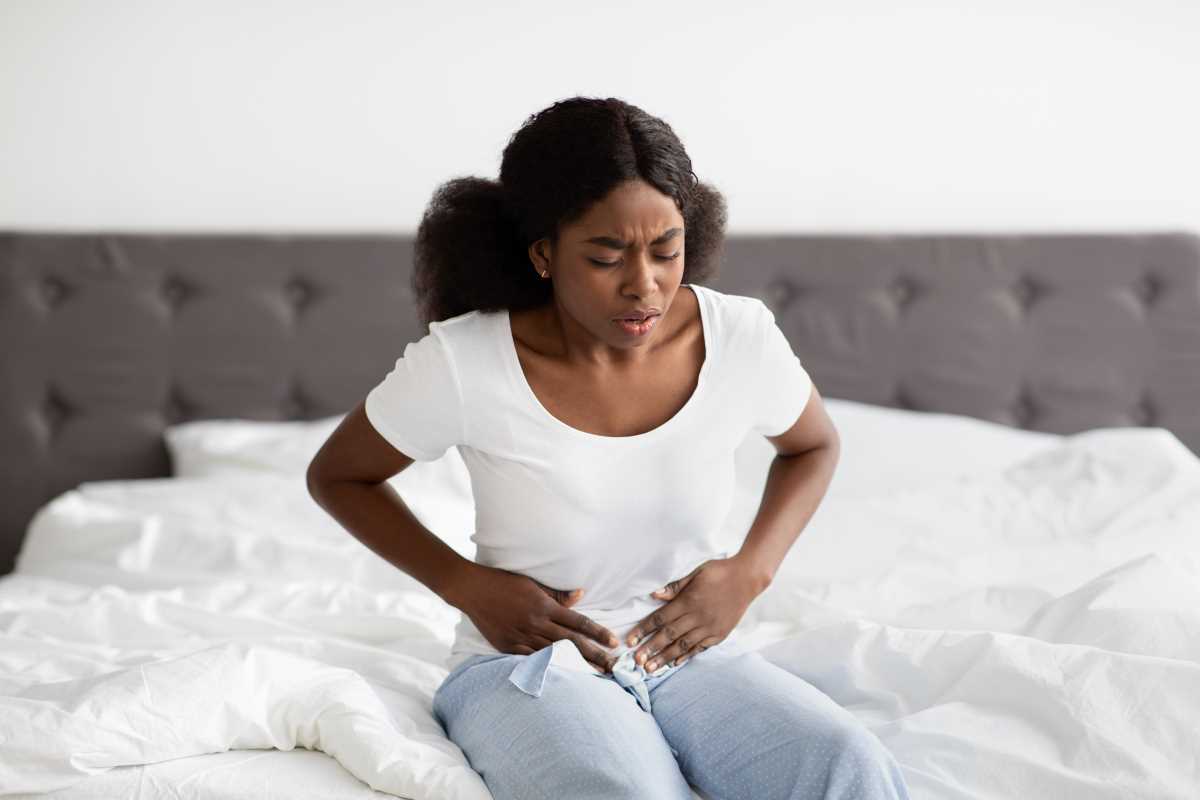 (Image via
(Image via